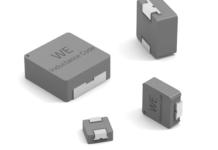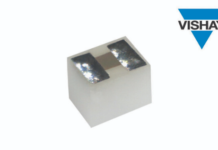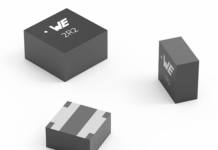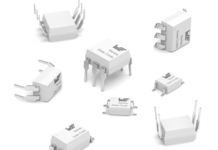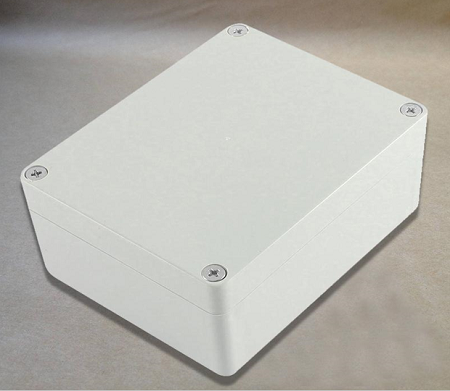
Creating a product usually involves a lot of testing. If you’re creating a device that can be used outdoors or in water, you need to ensure that it will be completely waterproof. The challenge is that most electronic components aren’t waterproof, which can cause problems with your product.
You’re in the electronics business, and you have to make sure that your products are functional, reliable, and safe. If your customer’s enclosure gets damaged in the rain, you’ll have a tough time getting them to buy your product again. That’s why it’s important to keep water out of your electronic enclosures. But, how do you do that?
Waterproof aluminum and plastic enclosures are the cheapest and most common types you will see in most waterproof enclosures.
Here are a few tips for creating a product that can withstand extreme conditions. Whether you’re building a product to keep you and your customers safe in a storm or a product that can stand up to the elements, you’ll need to make sure that it can withstand whatever mother nature throws at it.
Different types of Waterproof Enclosures
There are many levels of water resistance when it comes to enclosures. All of them have been given ratings according to the NEMA and IP standards. Since the International Protection Marking (IP) is the most common type, we have compiled a list of the various degrees of water tightness that are rated by the IP.
Before talking about IP ratings, let’s discuss what an IP rating is. IP stands for Ingress Protection. The IP rating of a case or enclosure refers to its ability to protect internal components from unwanted things.
Depending on the size of the item, such as a hand or a droplet of water, the IP rating can be changed to reflect that. The IP rating format for an electrical enclosure that is waterproof looks like this: IPXX. The IP protection level for the waterproof electronic enclosure is indicated by the XX, which is filled with two-digit digits.
The first digit denotes the degree of defense provided against foreign matter and dust. And the second number is the level of protection against water getting in.
IP 65: The enclosure with IP 65 must be able to withstand a water jet in order to conform to this requirement. In order to test this, an enclosure is set up, and water is poured into the jet from all different directions.
IP 66: In order to comply with this specification of IP 66, an enclosure must be able to withstand high-pressure jets. Three minutes of continuous flow at 100 liters per minute and up to 100 kPa of pressure from a water nozzle with a 12.5-centimeter diameter.IP67. This standard dictates a completely waterproof design. The part is submerged under 1 m of water for half an hour for tests.
IP 67: The design must be totally watertight in order to comply with this requirement. In order to test the component, it is immersed in water at a depth of one meter for thirty minutes.
So, you can see there are different standards for waterproof electronic enclosures. You should make waterproof electronic enclosures following the IP standard so that the users can identify which enclosure will be suitable for them.
Ways to Make Waterproof Electronic Enclosures
Seals and gaskets
The seals and gaskets of an electronic enclosure are usually made from rubber, vinyl, silicone, or other flexible materials. The seals and gaskets are often made of a single material that is combined to make a seal for the enclosure, or they are made from a combination of materials.
The seals and gaskets on these enclosures are essentially waterproof, and they allow the electronic enclosures to survive in wet or damp conditions. Seals and gaskets also make the enclosures more difficult to open and prevent moisture from entering the enclosure. It is recommended that the seals and gaskets be replaced after 6 months of use.
This is the cheapest method to develop waterproof electronic enclosures.
Insert molding and Overmolding
When considering adding inserts in plastic enclosures, insert molding and overmolding would be a nice choice to make it. Since the inserts are putted during the plastic injection molding process, you could get well-sealed parts and also it brings good waterproof conditions.
Insert moldings are made of two pieces. One piece is the insert, which is usually made out of aluminum, steel, or other metals. The second piece is the part itself. When you put them together, they form a single solid part. This allows you to create complex parts using a simple injection molding process. You can also change your design at any time during production.
Overmolding is a great way to create strong bonds with your plastic components. It’s perfect for cases where you need something to stick to another surface. You can even use it to make a watertight seal around a hole. Overmolding is a process where you put a thin layer of rubber onto a piece of plastic. Then you heat it up until the two materials fuse together. It’s a lot like welding, except it happens at room temperature instead of high temperatures.
Welding
This approach is most frequently seen in the metal enclosures of electronic devices. The metal around the edges of the parts that are joined is melted, making the part completely airtight and, in fact, a single piece. However, entirely sealing off the circuits is not always a smart idea because it will be extremely difficult to fix the device if it faults.
Foam tape and adhesives
They’re really functional and simple to use. Waterproofing is excellent, and they don’t require any design changes. However, their biggest problem is that they can only be utilized until they are disassembled for the first time.
Because of this, adhesives are worthless once the parts have been separated, and they may even make the subsequent assembly more difficult. They are frequently used in quick prototype design verification testing to verify the final product’s weldability.
Conclusion
Now you know how to make electronic enclosures that are waterproof. Now, before your design goes into mass production, you have to test it physically to see if it meets the IP standard. And to do that, you need to make a waterproof prototype quickly. After your prototypes pass the tests, you can market them for sale.



